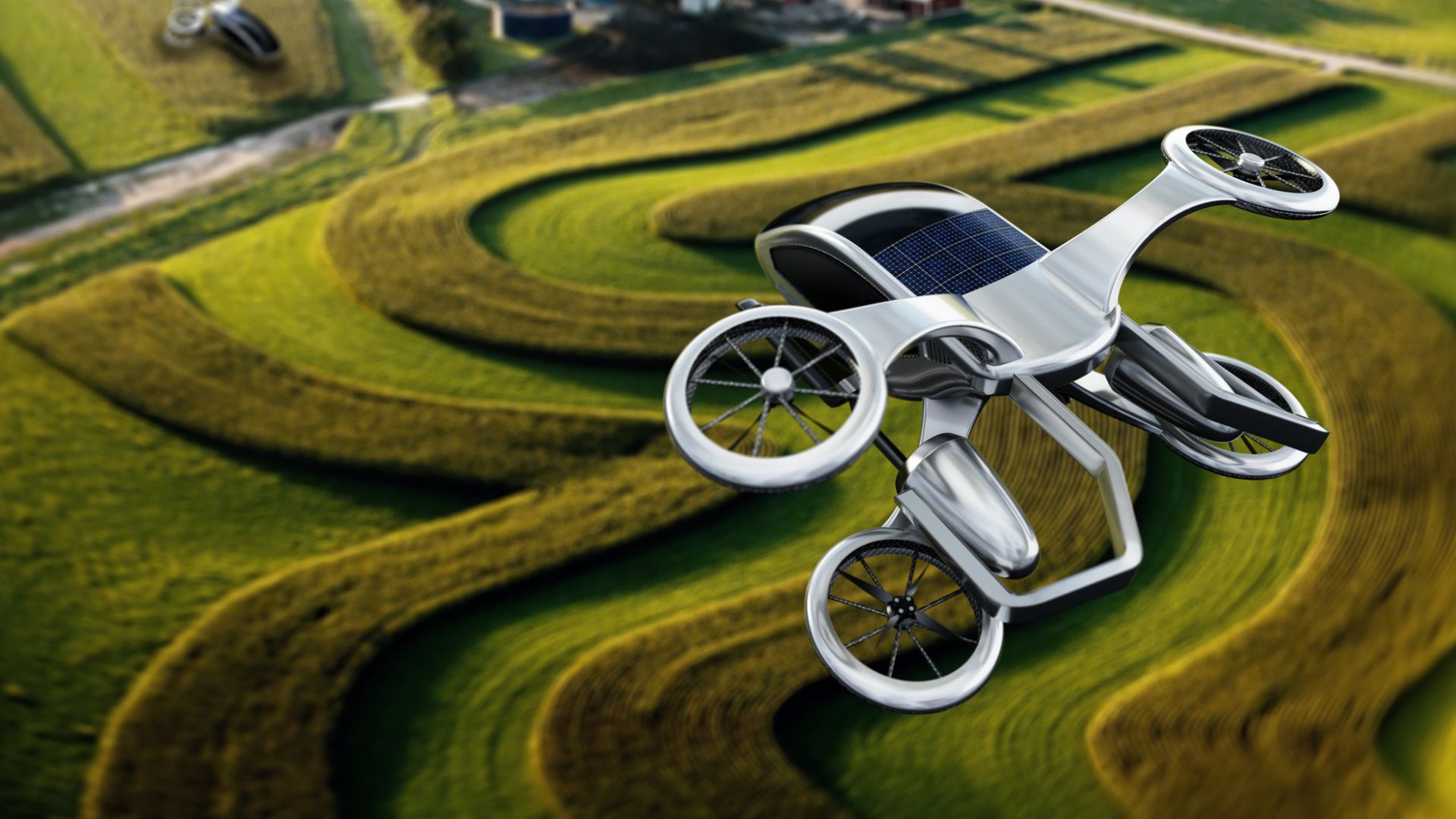Researchers from Lawrence Berkeley National Laboratory and the University of Michigan turned to modern biology labs to find ways to improve battery performance in electric aircraft. Technology that helps us better understand our cells could also unlock a future of zero-emission aviation.
The types of batteries we have developed so far have made electrification of road transport relatively easy. These batteries can provide long-lasting energy, allowing cars and trucks to travel longer distances.
Flying, however, presents a different kind of challenge. An aircraft requires a lot of power during take-off and landing, and at the same time requires sustained energy throughout the flight. To make air travel sustainable through the use of battery technology, a battery must fulfill this dual role.
According to Youngmin Ko, a postdoctoral researcher at Berkeley Lab, conventional batteries are not designed to fulfill this dual role. This is partly due to our lack of understanding of how complex reactions work at the anode, cathode and between the electrolyte.
How can omics help?
Biologists have been trying to understand the role of cell components and their complex interactions for centuries. In recent decades, researchers have taken a broader approach, studying them together with other components rather than working in isolation.
In biology, this is called omics: the sum of the components of the cell. It has helped researchers better understand the roles of the genome (genomics), proteins (proteomics) and metabolites (metabolomics).
Researchers from Berkeley and the University of Michigan also used this approach to understand the reactions between the different components of the electric battery.
They turned their attention to lithium-ion batteries, which are currently widely used on the market but cannot yet meet the demand for long-distance transportation.
Battery improvements
Using the omics approach, the researchers determined that the inability of lithium batteries to deliver high power for long periods of time was not a problem with the anode, as previously thought. Instead, it was the cathode that was the root cause.
The researchers found that when certain salts were mixed into the electrolyte, they formed a protective layer around the cathode, making it corrosion-resistant and improving performance.
“We found that mixing salts into the electrolyte could suppress the reactivity of typically reactive species, creating a stabilizing, corrosion-resistant coating,” Ko added in a press release.
For this project, the researchers collaborated with industry. They used their new knowledge to design a new battery for electric aircraft. The team found that their new battery design was four times better than conventional batteries in terms of the number of cycles it could maintain the power-to-energy ratio needed for flight.
The team is now working on building a 100 kWh battery capacity to enable a test flight of an electric vertical take-off and landing (eVTOL) aircraft as early as 2025.
“Heavy transportation sectors, including aviation, have been understudied in electrification,” said Brett Helms, a staff scientist at Berkeley Lab. “Our work is redefining what’s possible, pushing the boundaries of battery technology to enable deeper decarbonization.”
The researchers will also continue to use the omics approach to investigate the interactions of other battery components and improve battery performance in the future.
The research results were published in the journal Joule.
ABOUT THE EDITORS
Ameya Paleja Ameya is a science journalist based in Hyderabad, India. A molecular biologist at heart, he traded in the micropipette to write about science during the pandemic and hasn’t looked back. He enjoys writing about genetics, microbes, technology, and public policy.
